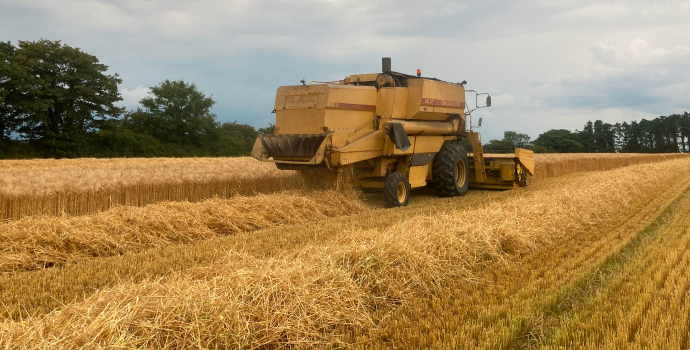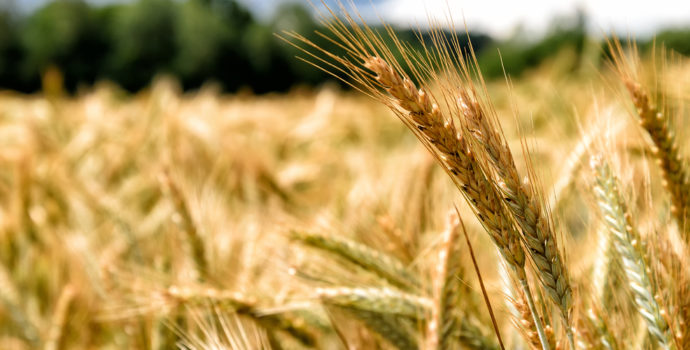
Irish grain prices remain steady however, feed demand has slowed this week. Barley is particularly slow as it struggles to compete in rations as maize is discounting it by €33/t. The last week has seen a significant increase in the volumes of Irish wheat being offered to the market.
New crop 2019 Irish prices. Basis November ex. store are €192/t – €195/t for wheat and €185/t – €188/t for barley while OSR is at €380/t
Native/Import Dried Prices
| Spot / Jan 10th 2019 | Feb – Mar 2019 | April – Jun 2019 | |
| Wheat | €217/t – €219/t | €218/t – €220/t | €220/t – €222/t |
| Barley | €215 | €215 – €217 | |
| Oats | €245 – €255 | ||
| OSR | €375 | ||
| Maize (Import) | €182 | €183 | €185 |
| Soya (Import) | €340 | €342 | €345 |
Due to the absence of any major fundamental news, international wheat markets have continued to trade within a range that has now lasted close to five months. There is a continued hope that supplies of Russian grain will diminish and become more expensive in the coming weeks which would provide a boost for prices. Unfortunately there appears to be no sign of this yet as evidenced by Russian wheat securing a significant Egypt tender of 415,000 tonnes of wheat this week.
The European Union reinforced its newly acquired position as a net cereal importer at the end of December as a record pace of maize imports continued to outstrip faltering wheat and barley exports. As of Dec. 30, the EU had imported 14.8 million tonnes of cereals since the start of the 2018/19 season in July, compared with cereal exports of 13.6 million tonnes, data from the European Commission showed.
Meanwhile, downside risks are minimal at this point for most of the world’s major winter wheat regions following largely benign weather to-date.
In corn news, at close to 35 million tonnes, Ukraine’s 2018/19 corn crop is the biggest in its history, with the USDA expecting the country to export as much as 28 million tonnes across the marketing year. The EU has allocated an increased tonnage of free tariff rate quota (TRQ) to the Ukraine which is allowing duty free corn flood into Ireland and the rest of the EU. Like wheat, corn markets continue to trade within a range although on average prices have been at the higher end of the range in recent weeks. The continued decline in ethanol production in the US is also not helping the case for prices to push higher and reduce the high stocks of corn over there.
In the soya and protein markets prices have tended to trade in the higher end of the ranges which have seen little change since last July. The higher prices were based on a hope of increased US soybean imports into China due to the recent softening of the trade impasse and the news that drought conditions in southern Brazil would significantly reduce the size of the soybean crop. However, US/China talks have made little progress in recent days and the Brazilian crop estimates although reduced by 5 million tonnes will still be on a par with last years record levels. An oversupply of Malaysian palm oil is also keeping a lid on the protein markets.


